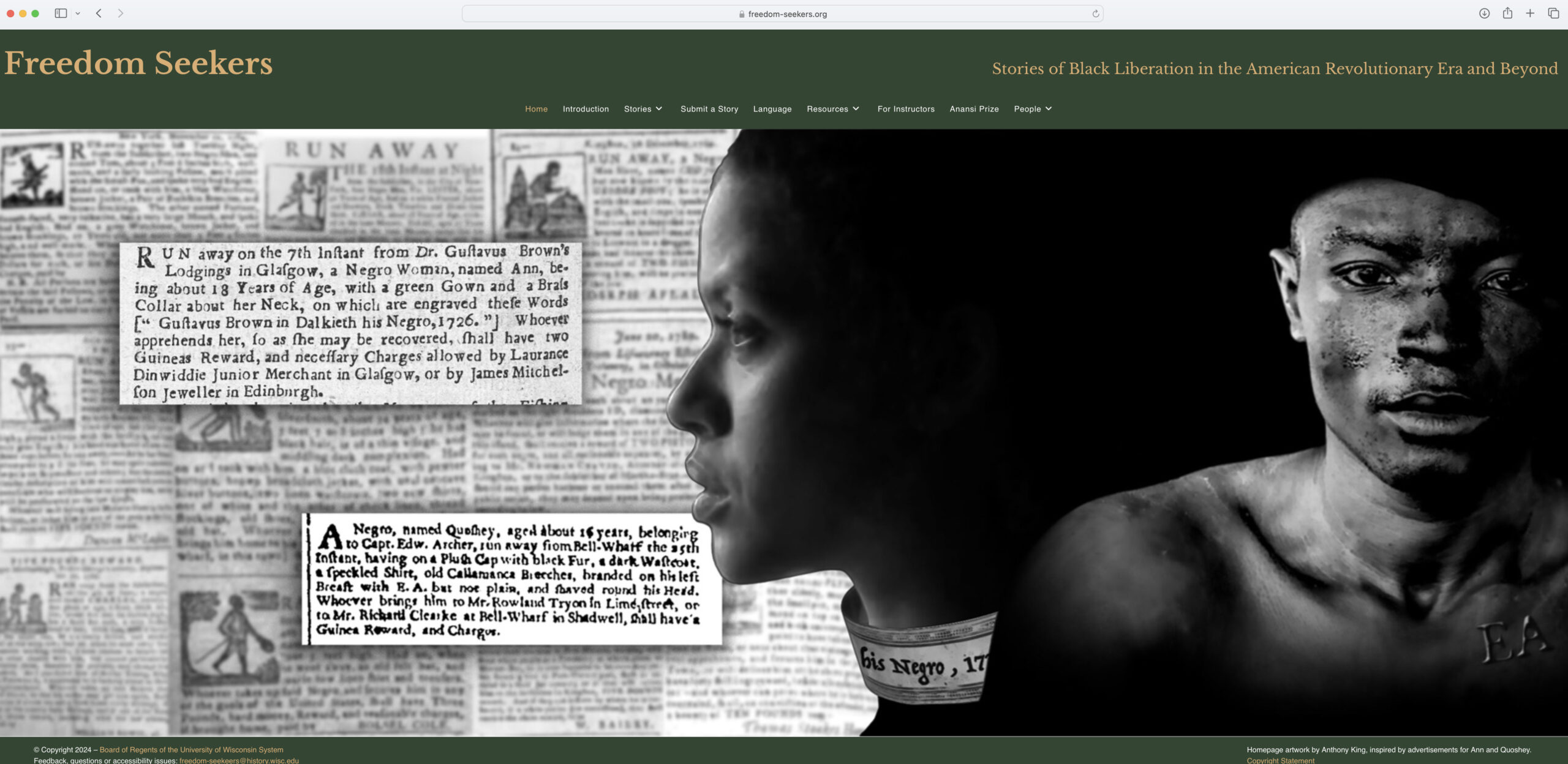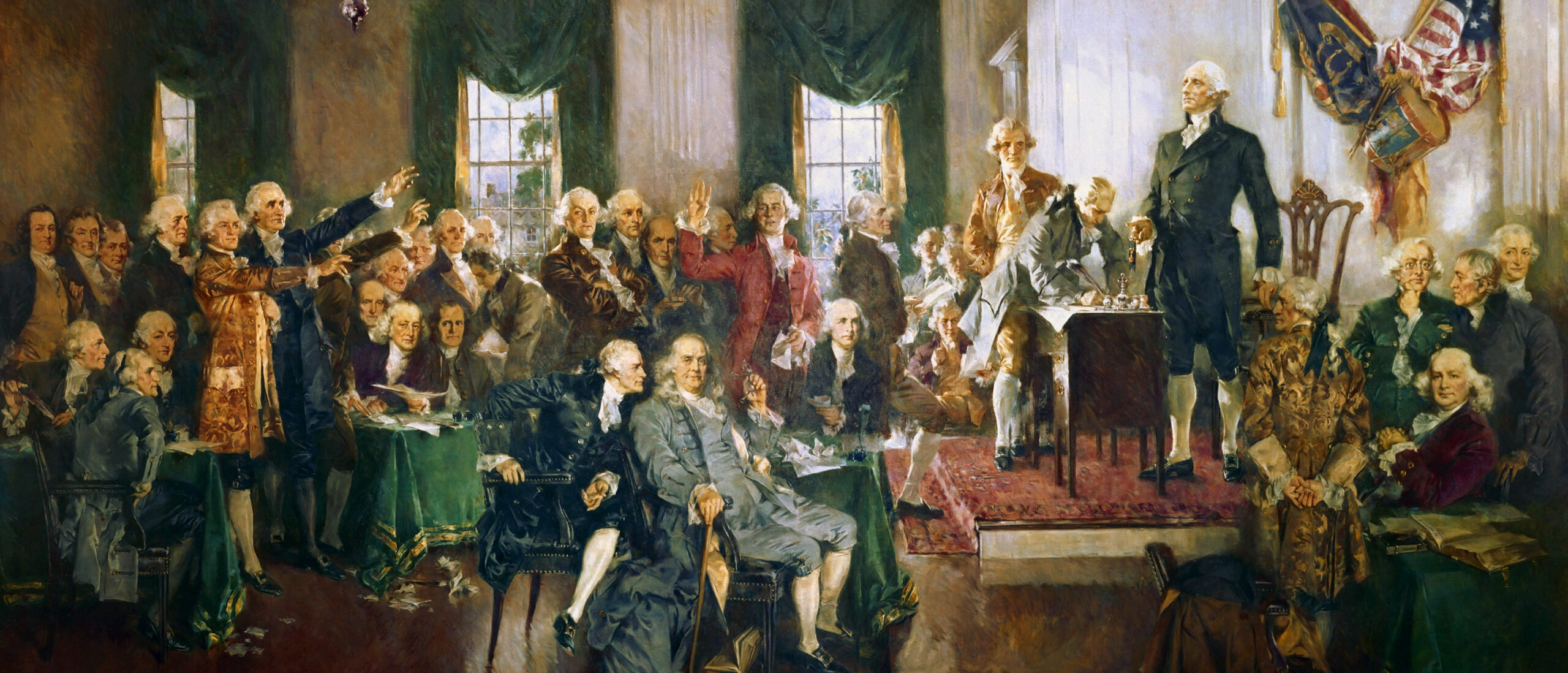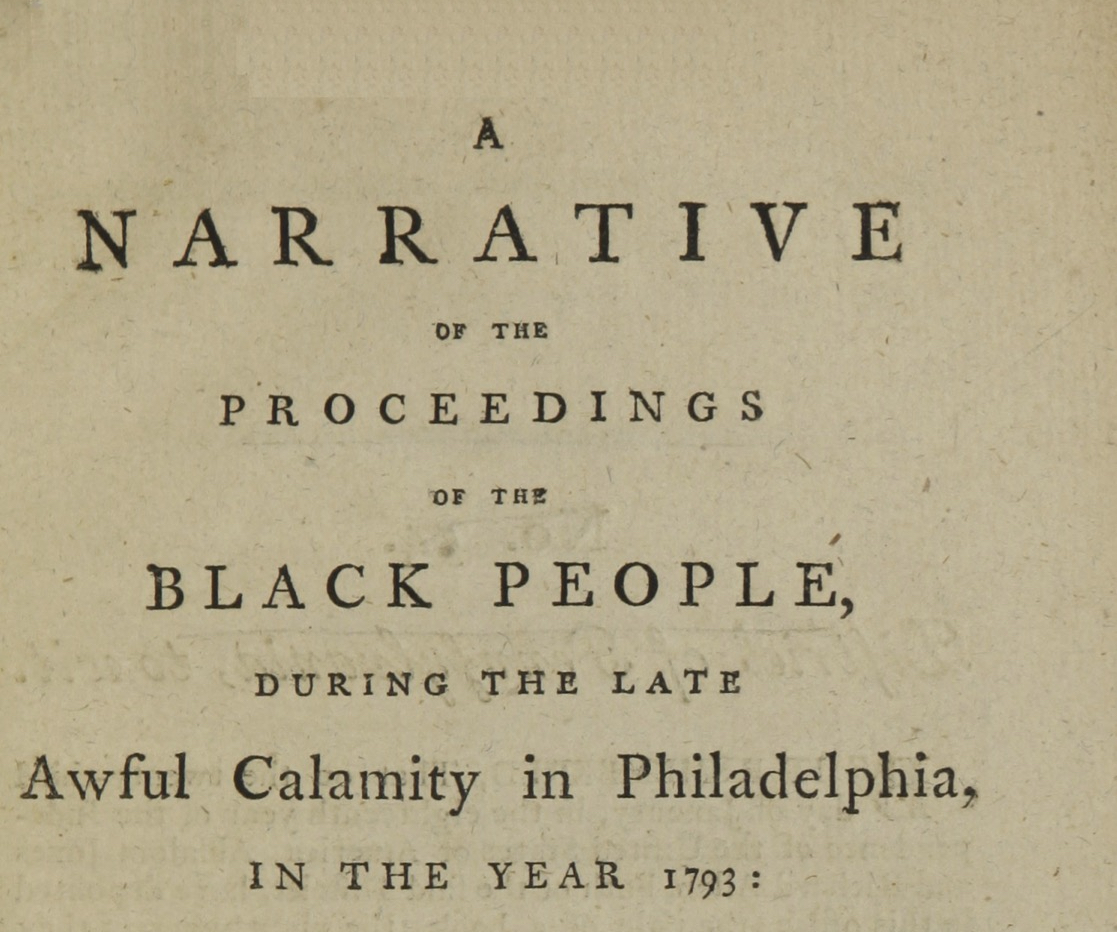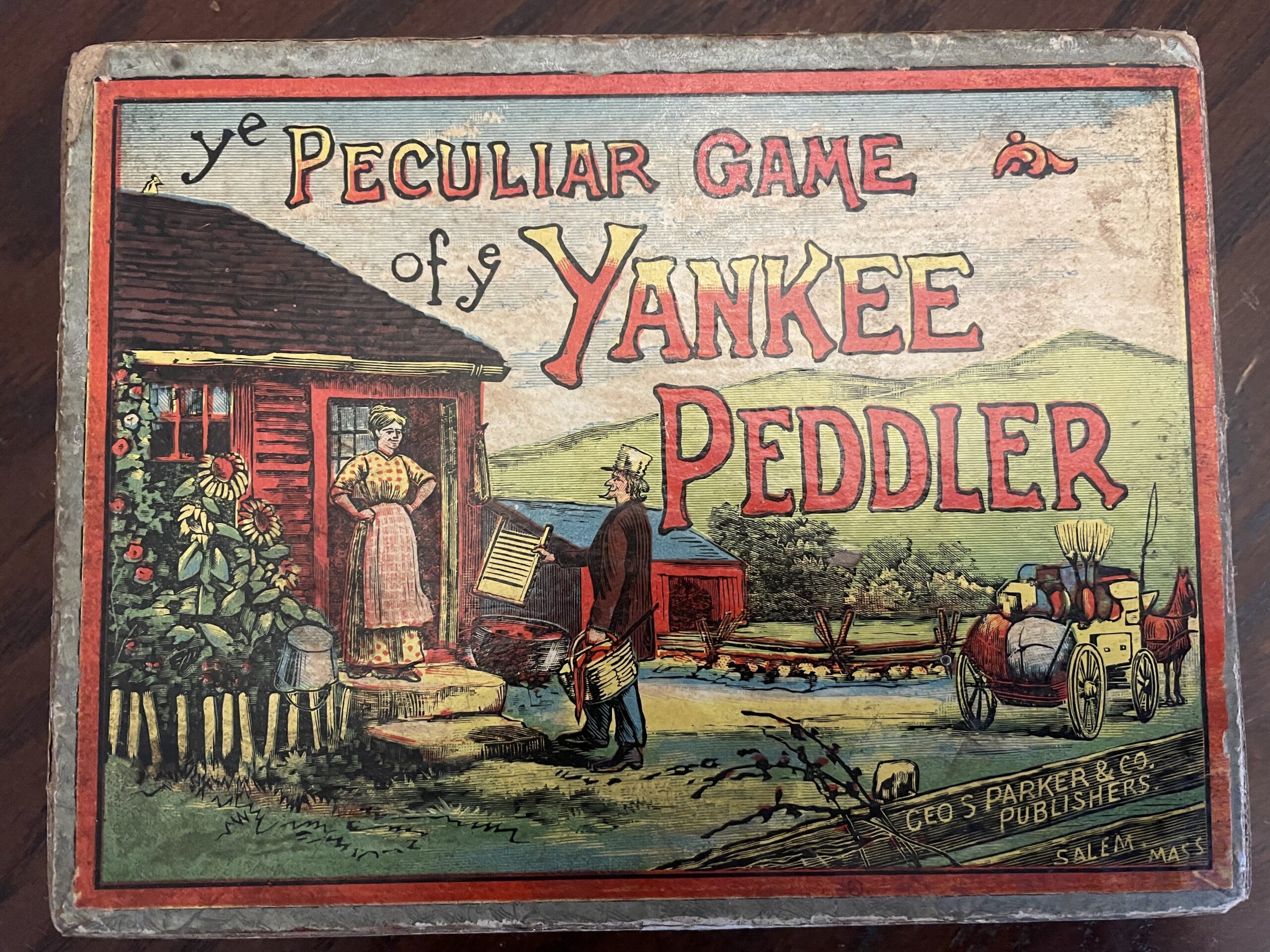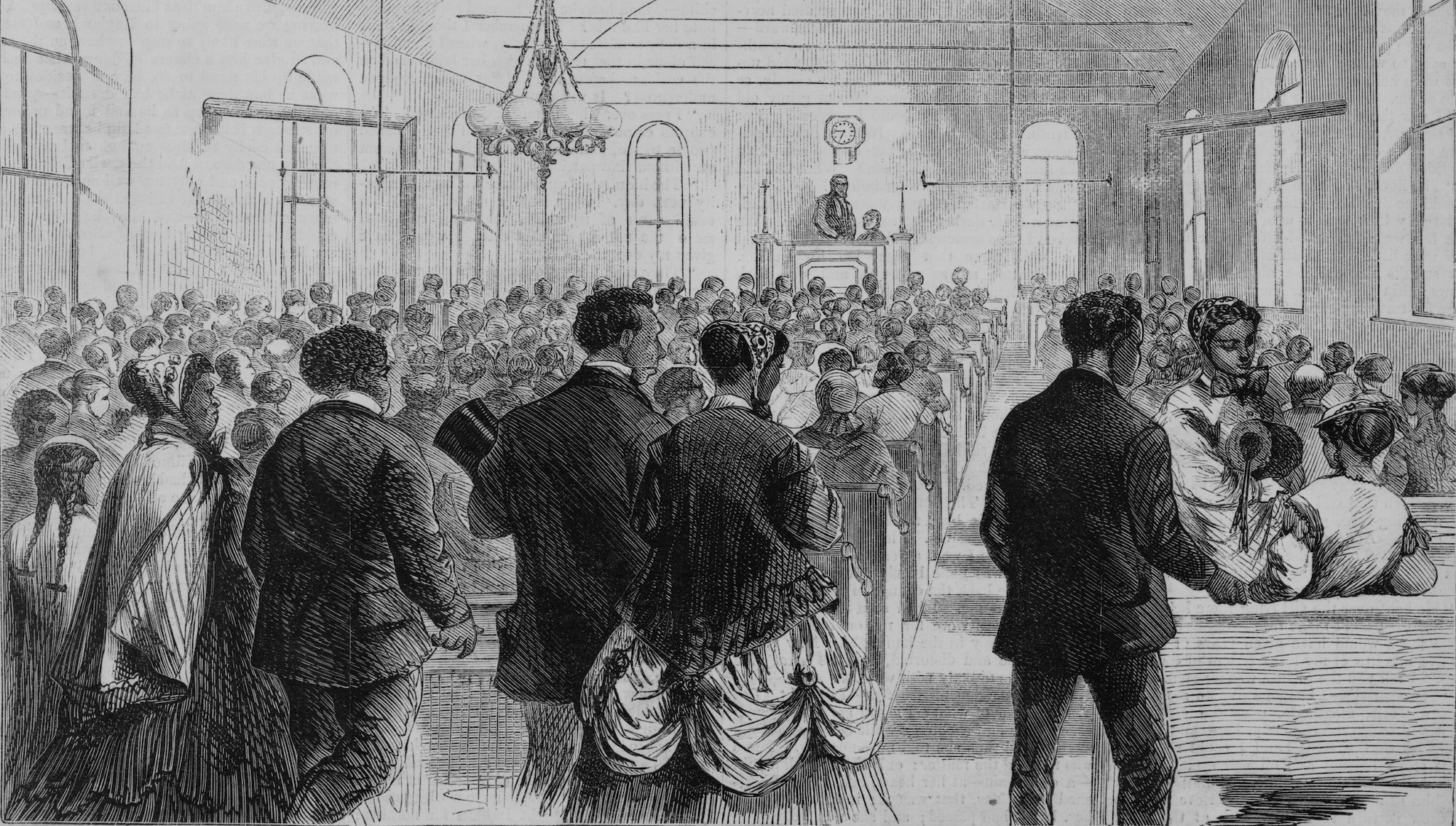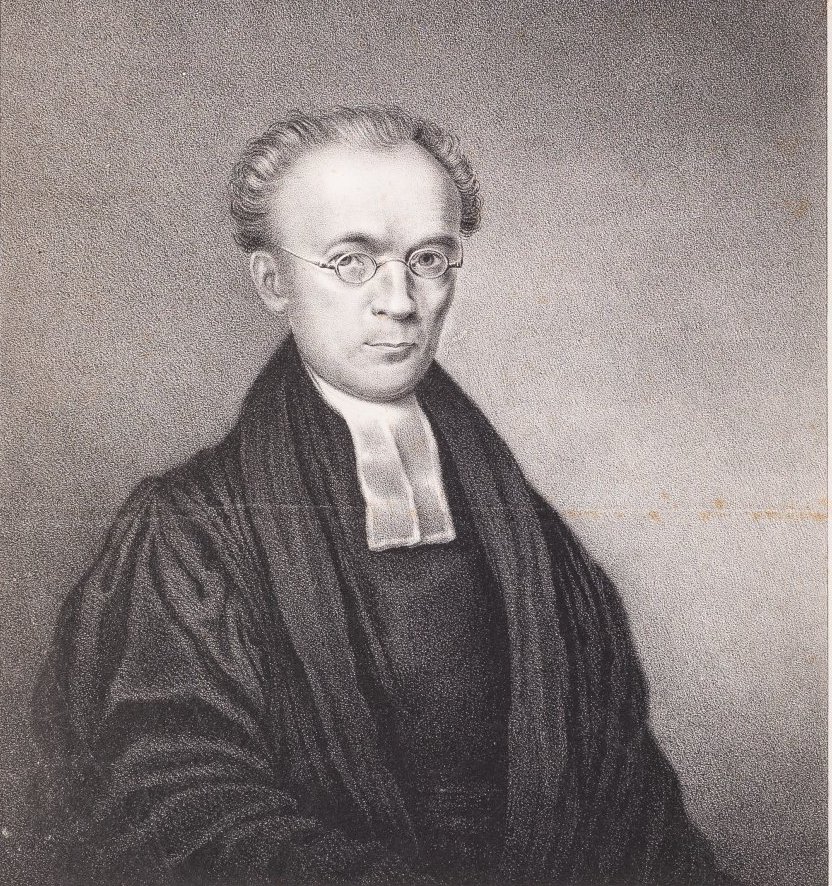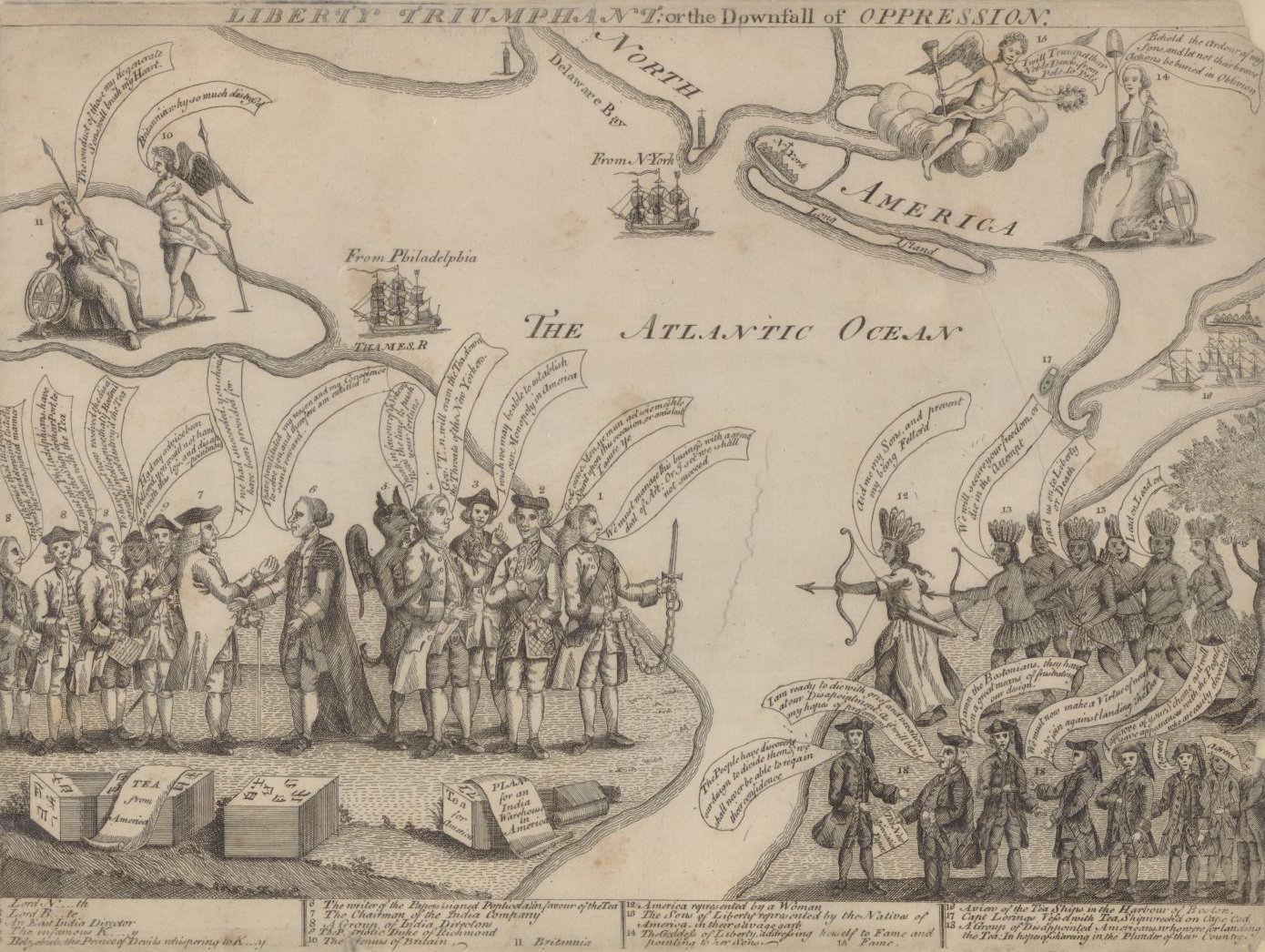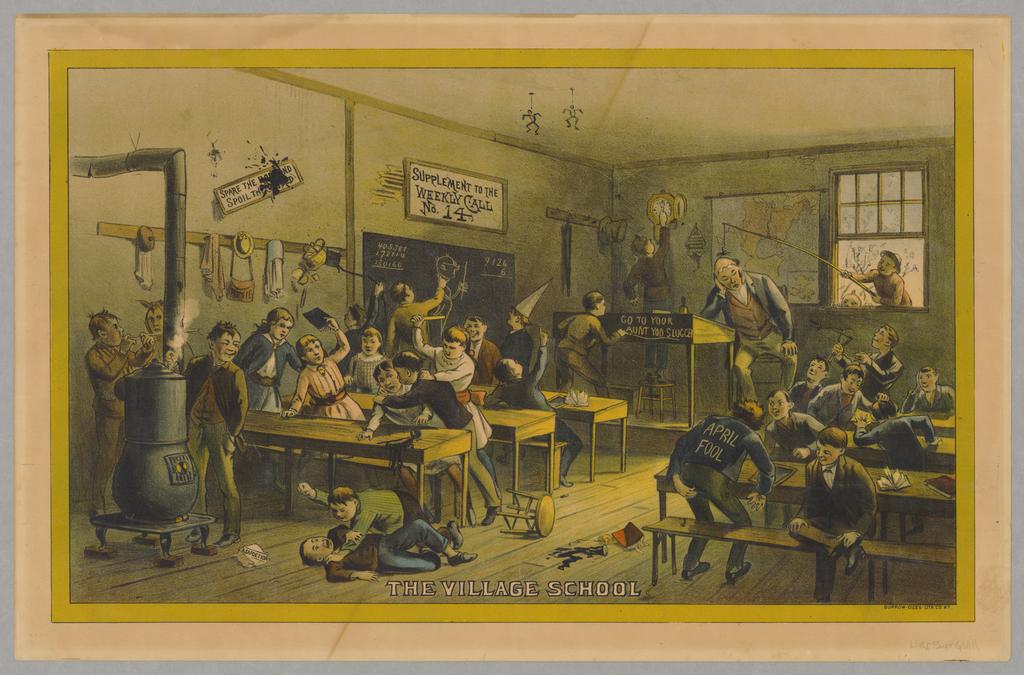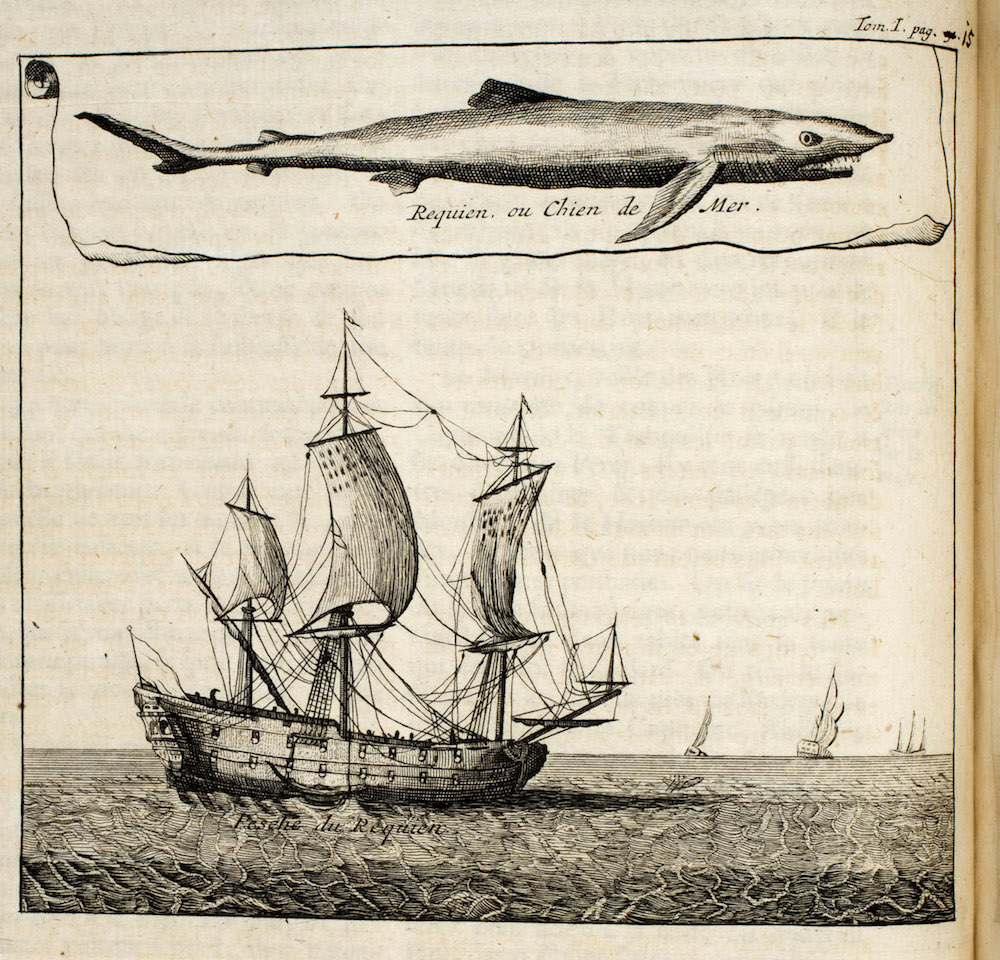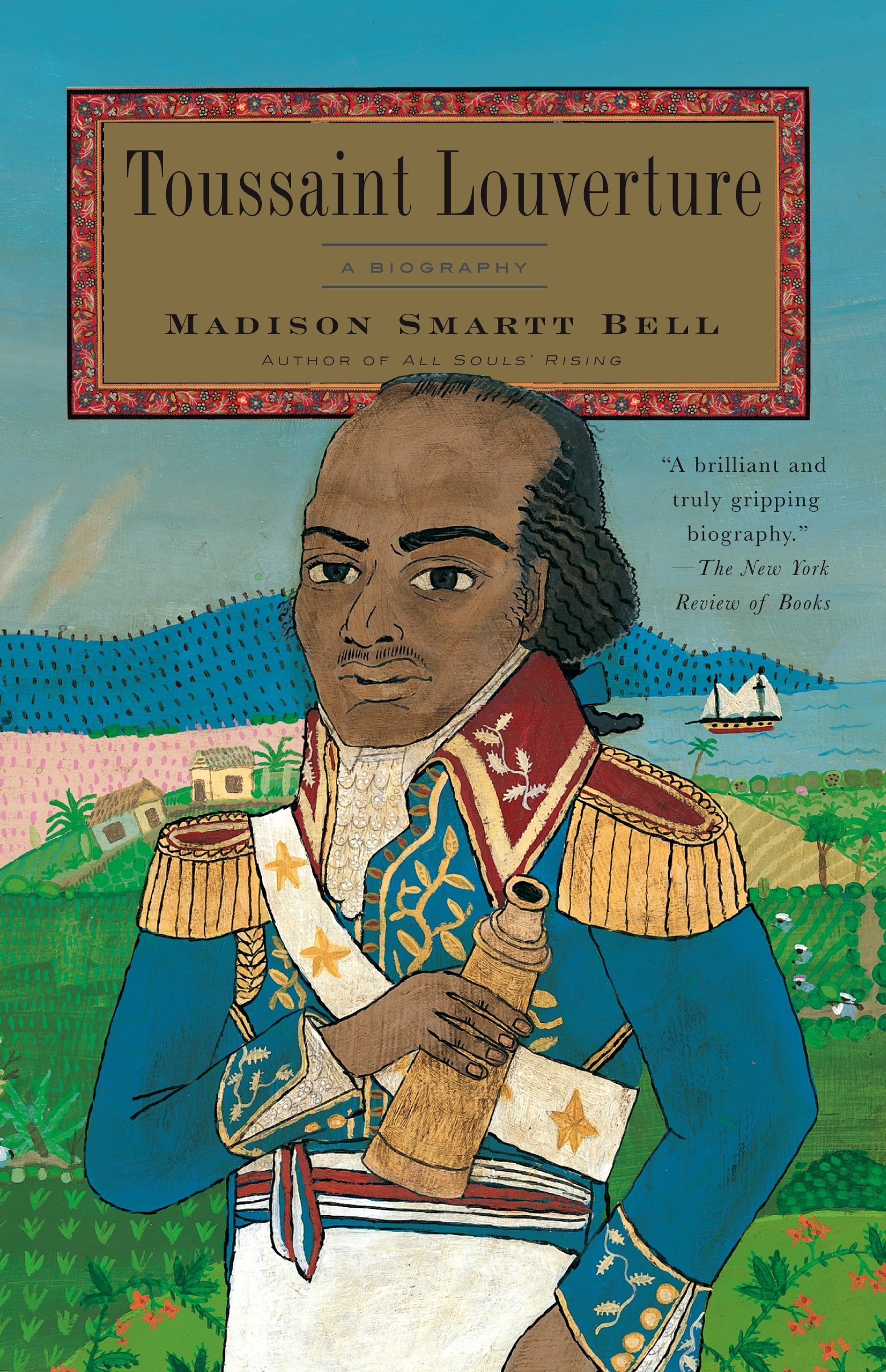
On a sticky June evening in 1895 a fifty-six-year-old white woman named Lucy Jane Pollard was found murdered in her farmyard in Lunenburg County, Virginia. She had been bludgeoned to death with a meat ax. Almost $900 was missing from the house.
Despite Lunenburg’s remoteness from Richmond, the Pollard murder riveted reporters there. “A recital of its thrilling chapters,” one of them wrote, “sounds more like fiction than like reality.”
Distinctions between fiction and reality–or, with a century gone by, fiction and history–were much on my mind in 1995 when I began to write about the Lunenburg case. That fall I had the good fortune to visit a University of Virginia seminar, where I stated my intention to write in a fiction-like form, paying attention to dimensions like plot and pace. I planned to take advantage of the suspense inherent in the story, and to use some other conventions of detective novels. I would drop in clues calculated to lead readers to suspect first one possible perpetrator and then another. But I would not make things up: not make up events or change their order; not put thoughts in people’s heads or words in their mouths; not invent locations, objects, or the weather.
Some of the students surprised me by asking, Why not?
I wish I had asked them what lay beneath the question. Did the students approve of inventions, provided they were essentially authentic to the time and place? Or perhaps the students thought the opposite, that we should abandon the very concept of authenticity. History, fiction, it’s all a construction anyway, so fictionalize all you want. As my teenagers would say, what-ev-er.
Whatever, indeed: I couldn’t answer the question. In retrospect, my decision to write only what could be documented was made by 1992 or so, and it came in part from my despair at the increasing audacity of the “spin” emanating from the Reagan, and then first Bush White House. In my own corner of knowledge production I would stick with history.
The decision came, too, from my sense that what happened in Lunenburg was more interesting than anything I might make up. The alarm was sounded by Edward Pollard, Lucy’s seventy-two-year-old husband. He wept over his wife’s body, though some neighbors wondered whether he was crying over Lucy (wife number three) or the stolen money.
After four days, a posse arrested Solomon Marable, a young mulatto sawmill hand who had been spotted spending suspect twenty-dollar bills. Marable confessed his presence on the Pollard place at the time of the killing. But he claimed that the robbery and murder had been committed by women.

He named them: Mary Abernathy, Mary Barnes, and her grown daughter Pokey Barnes, black women all, and neighbors of the Pollards. They were swiftly put on trial, as was Marable himself. In separate trials that took a total of nine days, all four were convicted. Mary Barnes was convicted as an accessory and sentenced to ten years in prison. Solomon Marable, Mary Abernathy, and Pokey Barnes were found guilty of first-degree murder and condemned to death. The three were then hustled up to Richmond to be protected from mob violence until September, when they were scheduled to hang.
“And All the people say, ‘Amen.’” So wrote a Lunenburg diarist after each of the juries reached its verdict. Other observers had their doubts. None of the suspects had had counsel. None could read or write, and no physical evidence connected any of the women to the crime. The questions intensified four days after the final trial, when Solomon Marable told an electrifying new story. Marable now swore to reporters that the killer was a white man. The women were not “in it” at all.
In the weeks that followed, all sorts of people enlisted on one side or the other, the case attracting hundreds of regular folks along with an intriguing assortment of oddballs, saints, and scumbags. While the condemned women rapidly gained advocates–many of them black, some white–the county government of Lunenburg organized a campaign to try to make the convictions stick. They battled for eighteen months. At several junctures the threat of lynching was acute.
With history like this, I thought, who needs fiction?
That was before I tried to write scenes for which the evidence was thin. Novels, like movies, typically move from scene to specific scene. Characters speak, act, and use objects–props, as the novelist Charles Johnson would say–in very particular surroundings. Some episodes in the Lunenburg story were amply documented, but for others, although they were critical to the outcome, I was able to find only the sketchiest records. I drafted accounts of those incidents anyway, sitting with the sources a long time, trying to think of ways to recruit whatever telling details they offered. A few of these scenes worked; many did not, and with much advice from editors, I cut them later.
It would have been much speedier to make things up. But the Lunenburg story has a moral, and I believed that falling back on fiction could only sandbag that aspect of its value. Consider the known history of race relations in the late-nineteenth-century South. In the 1890s legislators moved to segregate by law almost everything that was not already segregated by custom. African-American men, who had voted in significant numbers since the close of the Civil War, were systematically disfranchised, the methods ranging from constitutional amendments to assassination. Lynching reached its all time high.
Hence my surprise at finding that in the Lunenburg case, white men in several instances ran enormous risks to uphold the rule of law. The first such episode occurred the day Solomon Marable was caught. Captured in the next county, Marable was returned to the Pollard farm, taken into the house by local authorities, and subjected to a lengthy preliminary hearing. Mary Barnes and Pokey Barnes had been arrested as well. (Mary Abernathy was still at large.) They, too, were held in the Pollard house and, like Marable, given preliminary hearings.
In the front yard a crowd of several hundred gathered. They carried guns and ropes, and as darkness fell their mood turned ugly. The men conducting the hearings inside hatched a plan. First the constable stepped out to the front porch and launched into an oration. While he monopolized the attention of the crowd, the men inside the house motioned the suspects to the back door. On signal, they dashed across the back yard and down into a wooded ravine.
They hiked in silence all night–Marable, Mary Barnes, Pokey Barnes, and a dozen white farmers–staying in the woods, pausing breathlessly whenever they thought they heard voices or horses. Near dawn they emerged at Lunenburg Courthouse, sixteen miles from the Pollard farm, where the prisoners would be safe–but safe only until sundown. That afternoon the deputy sheriff ordered them into the bed of a horse-drawn wagon, the group by this time including a pregnant Mary Abernathy. Their destination was Petersburg, sixty miles away, the distance and the town’s more secure jail meant to protect the suspects while they awaited trial. Their escorts were again white men, armed and anxious.
Time and again, people in the Lunenburg story acted courageously and against stereotype. Placed on trial without attorneys (the accused women could not pay and no one volunteered), Pokey Barnes and the two Marys simply had to do the best they could. Pokey’s best was astounding. When the prosecution put Solomon on the witness stand, Pokey noticed he had changed a portion of his story. She rose to cross-examine him. He tried to duck her questions. Pokey persevered. “Did you or did you not tell the jailer at Petersburg that you saw me on Friday on the road near Fort Mitchell?” she asked. “I don’t recollect,” Solomon said. “Then you tell this jury whether you, when you kissed that Bible to tell the truth, told the grand jury and jailer a lie, or are you telling the lie now?” “What I said the first time was false,” Marable admitted. “I’m telling the truth now.” Pokey was brilliant. She had made her accuser confess to perjury.
Does it seem plausible that an illiterate, twenty-three-year-old washer and ironer could stand up in a packed courtroom and conduct herself like a seasoned trial attorney? Nope, but it happened in Lunenburg, as did many other transcendent events. What a waste, should they be dismissed as fiction.
Would it not be an option to invent some small details: the color of Pokey’s dress, for example, or the tilt of her hat? My sense is that if historians want to be believed on the big things, we should exercise care on the little ones. Had I concocted something unusual about the courthouse itself–say, the unique outdoor staircase that led to the courtroom on the second floor–why would a reader buy my account of Pokey Barnes’s performance in that same courtroom? I might have attempted to add drama by matching the weather to the mood, tossing in the occasional dark and stormy night, for instance. But then why should readers believe that men whose class and color qualified them as “rednecks” risked their lives to prevent their black neighbors from being lynched?
Retrospectively I have come around to the thought–news to me as a historian who privileges analysis, but probably not to crime writers–that in murder cases, both actual and fictional, detail has a special standing. Even at the nineteenth century’s end, jurors rarely had forensic science to draw upon, and so in countless cases, the decisive evidence was circumstantial. The amateur detectives who sleuthed about Lunenburg raised dozens of questions. What was Edward Pollard accused of just hours before his wife was murdered? (His stepson called him “a hog-stealer and a land-stealer and a thief in every degree.”) Exactly how many minutes did it take an experienced seamstress to sew the buttons on the fly of a man’s trousers? An entire case could ride on one or two such questions, spelling life or death for the accused.
One last time, why not fictionalize? In time I was able to articulate an answer. A fiction-like form gives this story its entertainment value. But it is the truth that gives it power.
As I wrap up this essay, it is a dark and stormy morning. Really.
This article originally appeared in issue 5.1 (October, 2004).
Common-place asks Suzanne Lebsock, Board of Governors Professor of History at Rutgers University and author of A Murder in Virginia: Southern Justice on Trial (New York, 2003), winner of the 2004 Francis Parkman Prize, what’s at stake in writing history that is meant to read like fiction.



